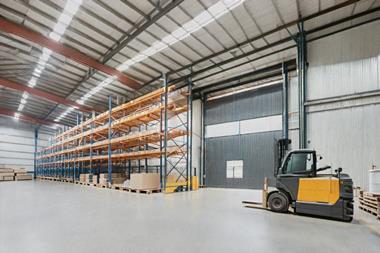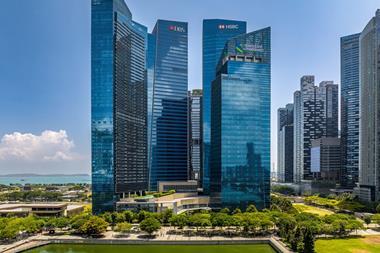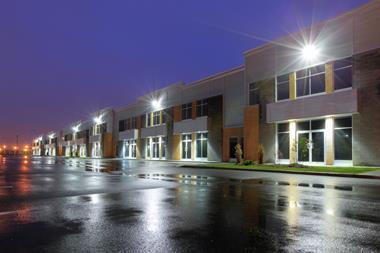Mirova, which has held a final close for its Land Degradation Neutrality (LDN) Fund, believes ‘natural capital’ can follow in the footsteps of renewable energy and become a mainstream institutional asset class in the coming years.
The sustainability-focused subsidiary of Natixis Investment Managers has raised $208m (€176m) for the LDN Fund, which invests in agroforestry, regenerative and sustainable agriculture and forestry on degraded lands in developing economies.
Fund director Gautier Quéru said the fund uses blended finance to de-risk investments with public money and to encourage private investors to participate – but that is part of a transition.
“The aim is to build a real investment theme, or asset class, so that in the coming years we will not need any public money any more and it will be a mainstream market like renewable energy, for instance,” he told IPE Real Assets.
“We are trying to move from niche impact [investment] financed by philanthropy or development aid to more mainstream investments.
“Of course, we are in the transition, so this fund is here really to demonstrate that it is attractive and it is commercially viable, and you can really have market returns from these types of investments due to good operators developing sound projects on the ground.”
The LDN Fund, which was founded in 2017 and conceived by the UN Convention to Combat Desertification, has to date invested in eight countries, including sustainable coffee and cocoa production, the restoration of deforested areas in Latin America, and forestry projects and tree nuts production in Africa and Asia. Last year, it invested in a Kenya-based sustainable forestry company.
Quéru said the parallels with renewables several years ago are there: The LDN Fund finances the planting of trees of instance, and is repaid by selling coffee, cocoa and other commodities in a way that is comparable to off-take contracts in renewable energy – which was previously subsidised by governments.
“Second, [as] for renewable energy, we see talented project developers that are scaling up their activities and are getting more and more mature,” he said. “They are understanding that they are committed to impact but there also real business opportunities.”
The maturing of natural capital – which tends to involve plants, animals, air, water, soils and minerals, although definitions can vary – could also be accelerated by a coming together of impact investors and more traditional agriculture and timberland investors.
“There is an interesting convergence,” said Quéru. “We see actors in farmland, timberland moving towards sustainability and impact, and [this] helps contribute to a more consistent investment theme or even asset class. We are trying to connect with these actors… it will be interesting to look at the market in the coming months and years, because I’m sure there will be more consolidation.”
Quéru drew parallels with the way in which utilities providers were initially opposed to the emergence of renewable energy but today are often becoming major renewables players themselves.
“It is very interesting from a purely intellectual standpoint to witness this paradigm shift like there was in the energy space where fossil fuels had been replaced progressively by renewable energy,” he said. “I think there a real transformation of the economy that is happening.”


















